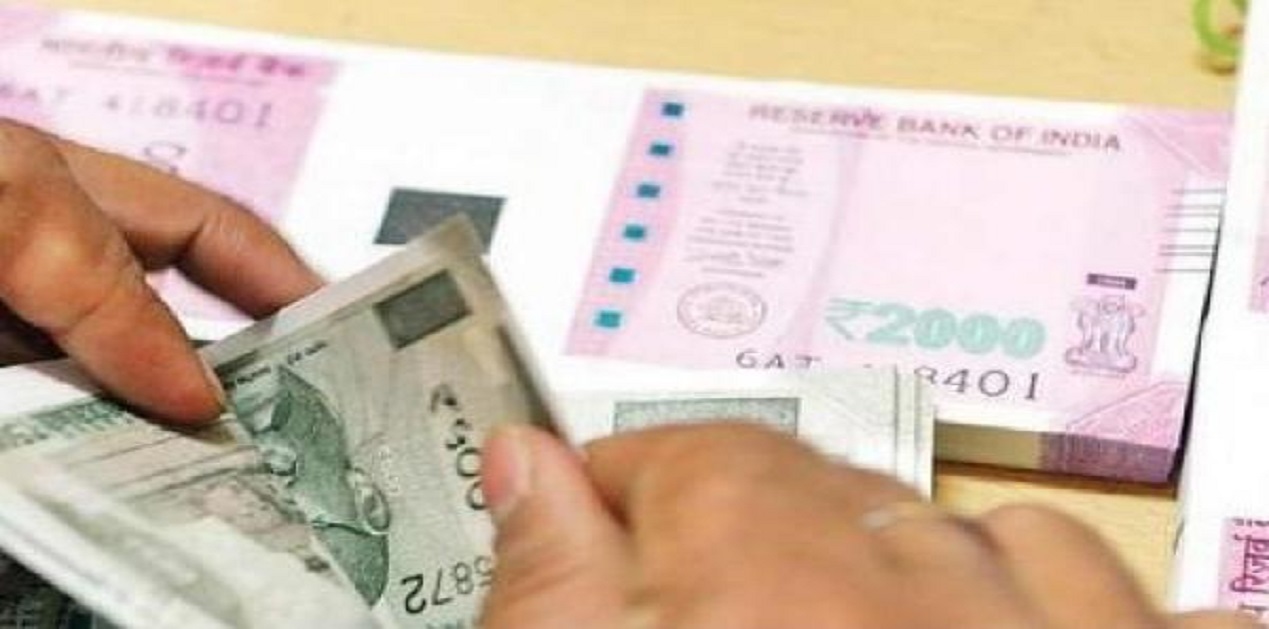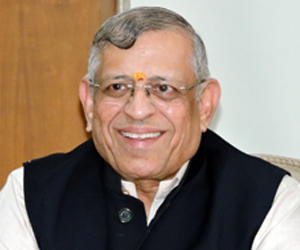Where there are six economists', said Winston Churchill quoting Barbara Wootton, “there are seven opinions or even more”. Churchill even chided the undoubtedly great economist John Maynard Keynes for giving him two opinions on every issue. Economists are so famous for giving pessimistic opinions that in the 19th century, Thomas Carlyle called economics “a dismal science”. Multiple opinion production by dismal economic scientists continued into the 21st century. During the 2008 meltdown, a Nobel prize winning economist castigated “30 years of macro economics taught in American and British universities as “a costly waste of time” and “useless at best and harmful at worst”. Top economists abused each other as “bony-headed” and accused of “making basic errors” all over.
Yet, such economists are sought after by all governments. But shockingly, on the Narendra Modi government’s Rs 20 lakh crore Covid-19 package, some economists associated with the financial world broke the rule of more opinions than the number of economists and expressed the singular view that the government is spending very little from its pocket — just 1%of GDP — and saying it should spend more. Now take political parties. If there are 10 parties, there ought to be as many opinions. If they have only one there need not be 10 different parties. On Modi’s Rs 20 lakh crore package, like those financial economists, most opposition parties have only one view — just oppose it.
P Chidambaram calls it “empty pages”, Akhilesh Yadav says it’s “empty speech”, Mamata describes it as “zero”, Yechury sees it as “for rich” and K Chandrashekar Rao says it’s “fake”. Rahul Gandhi tells the government, “hand over Rs 20 lakh crore in cash to the people directly, not lend it.” Sharad Pawar — the wily fox of Indian politics — alone spoke like an economist. He said it will take time for the Rs 20 lakh crore to trickle down, which would neither mean the Modi package is good or bad. In this sea of contradicting and confusing views, the challenge Covid-19 poses to the nation and what the Modi government has done has been almost left undebated. The hostile debate is absurd at best and dangerous at worst.
What is in the government’s pocket to spend from
If Chidambaram says the Modi government hasn’t spent anything out of its pocket, it is the outcome of a hostile political mind. But when an economics Noble Laureate says instead of funding MSMEs, transfer Rs 10,000 each to the bottom 60 per cent of the people, it is absurd — and dangerous. A sovereign government can get money in its pocket only in three ways. One, from the taxes it collects from people; that is its legitimate, spendable money. Two, sell its assets. Three, ask the central bank to print currency notes and take it giving promissory notes pledging the nation’s future. Selling assets is not an immediate answer. On the third, by law (Fiscal Responsibility and Budget Management [FRBM] law) Chidambaram shut the government from accessing printing machines of the Reserve Bank of India. It leaves the government with only tax amount in its pocket. But since 1968, the government has been spending more than the tax it collects, and incurs a shortfall (budget deficits) every year. It manages the shortfall by borrowing from people’s savings in banks, provident fund, small savings and insurance funds.
For over six decades, it borrowed close to Rs 80 lakh crore to fill the gap between tax and spend. The FRBM law also mandates that the deficit should not exceed 3 per cent of the GDP, but all governments have been unfailingly breaching it. Now, facing a revenue dip due to Covid-19, the government is already proposing to borrow Rs 12 lakh crore this year — about 6-7 per cent of GDP — more than double the FRBM limit. With state governments allowed a special 2 per cent borrowing for Covid-19 over their 3 per cent eligibility, it entails further borrowing of Rs 4 lakh crore over their existing Rs 6 lakh crore, which takes the total government borrowing from public savings to Rs 22 lakh crore. The net financial savings of the household sector is estimated at less than Rs 15 lakh crore.
The Opposition will ask the government to spend; not say where to spend from. But what about economists? Should they not say where to get the money from? Ten days after Modi unveiled his package numbers, on May 22 some 30 eminent men, including half-a-dozen “eminent economists”, which again included the Nobel Laureate, in their nobly titled “Mission Jai Hind” called for virtual confiscation of all private property to meet the Covid-19 spend. But it was disowned within a day and the confiscation idea hurriedly substituted by a rise in taxes. The new rule now is that when half-a-dozen economists come together to give an agreed and desperate view, they withdraw it in a day!
Comparison with currency printing economies
Not just India, developed nations too file big deficit budgets year after year. Hence, their borrowing is more than that of the Indian government. Japan leads the pack with debt of 238 per cent of GDP, US 110 per cent, EU 84 per cent (most EU nations near 100 per cent). India is actually doing better at 69 per cent. But how does Japan with a debt that is almost 2.5 times its GDP plan to spend $1.1 trillion as Covid-19 package and US $2.2 trillion? By printing dollars and the yen. They activated the printing of notes in the wake of the 2008 crisis for survival; they have intensified it now. The US has digitally printed $3.5 trillion new dollars [USA Today 14.5.2020]. The EU and Japan have been habitually printing money. In 2016, Japan printed $276 billion worth yen. In December last, it printed yen worth $120 billion; the figure is $1.1 trillion now.
The EU has printed over 2.5 trillion euros. While these world financial leaders print dollars, euros and the yen and invest in India and elsewhere and on the strength of their printed notes, the RBI prints rupees! Effectively the US Fed is the global money supplier. [S Gurumurthy “US Fed needs global watch” Hindu Business Line 29.12.2007; “US Fed: An enigma wrapped in mystery” Hindu Business Line 28.12.2011] Now see their Covid-19 packages. As share of the GDP, Japan’s stimulus package is at 21 per cent, US 10 per cent, France 5 per cent, Germany 4.9 per cent and China 2.5 per cent . Those who print money for themselves and for those who can’t, like India or China, cannot be compared.
Incendiary in turbulent times
Yet, the “eminent economists” say India has not done a fraction of what the developed ones have. First, it is wrong to say that India’s package on government account is less. It compares with China’s. When eminent economists compare the numbers in India’s package with that of the developed nations, should they not add — and not suppress — the fact that their high numbers are because they print notes. Why do they refuse to recognise the truth that India’s only alternative is to get the state owned financial institutions to share the package. It is relevant that in the sovereign rating of India, PSU bank liabilities are taken into account, which means intrinsic state guarantee for them. The global monetary order based on the disciplines formulated for all by leading nations has been breached by them since 2008 and it is messing up the world economy and India’s. Only Dr Raghuram Rajan is talking about this and no one else, including Nobel Laureates from India.
The Modi government made an effort partially to amend the FRBM law in 2016 but the RBI resisted it. It feared that the financial rating of India and the value of the Indian rupee would go down and forex would fly off if the FRBM is modified. Should the eminent economists not tell the truth to the public that if the government borrows more from banks for Covid-19 package, it would crowd out private borrowing and ruin bank-funded Indian businesses. Instead they urge the government to spend, but remain silent on where to find the money from. In normal times theirs would be just another view, but in today’s context it legitimises the blind Opposition view. In extraordinary and dangerous times like the Covid-19 challenge, when the livelihood of millions is abruptly cut, those whom people believe to be experts have to be extra careful. If they aid those provoking the people under stress with incendiary implications like saying the government which can spend has chosen not to do so, it will be an invitation to anarchy in a divided polity. Will they think? Fortunately, there are a number of responsible voices from the guild of economists in India guiding the public discourse at this critical juncture. For the math and effect of the Rs 20 lakh crore Modi package, await the next part tomorrow.











Post new comment